Ki Monastery is also popularly known as Key Monastery. It is a famous Buddhist monastery in Himachal Pradesh State in the Spiti Valley, which is visited by hoards of tourists every year. This monastery is one of the oldest and the most significant of the Tibetan Buddhists and is located at an altitude of 4,166m. It was built in the eleventh century and is a major base for instructing and practising Buddhism for monks and others. The exterior structures portray splendours in their coloured paintings and sculptures that spelt cultural pasts of the area.
Location
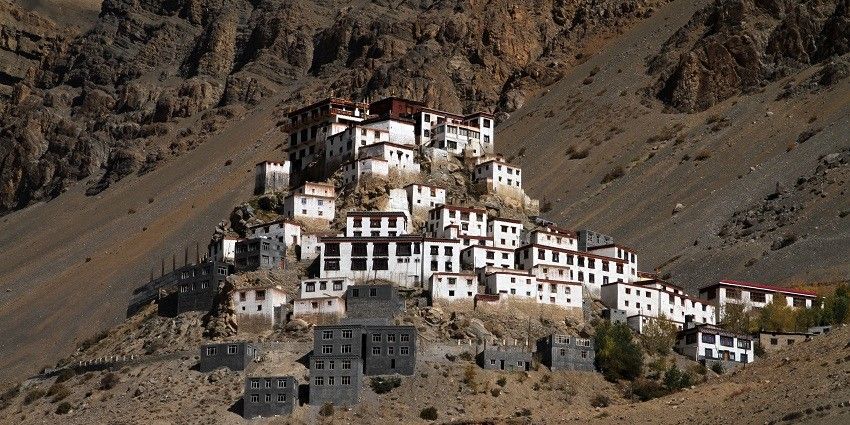
Photo: Gerd Eichmann / Wikimedia Commons
Key Monastery is at a whooping height of 13,668 feet in Himachal Pradesh of India in Spiti Valley. The monastery is located on a hilltop directly over the Spiti River, and one can get a spectacular view of the steep mountains and the region’s serenity. It is easily recognised in the region and accessible from neighbouring neighbouring settlements. The monastery’s location is off the tourist map, which only adds to its serene beauty; thousands of tourists travel here for spirituality and to witness Tibetan Buddhism nestled into the backdrop of the towering Himalayas.
Suggested Read: Spiti Monasteries You Should Explore On Your Next Trip To Himachal Pradesh
How To Reach Key Monastery
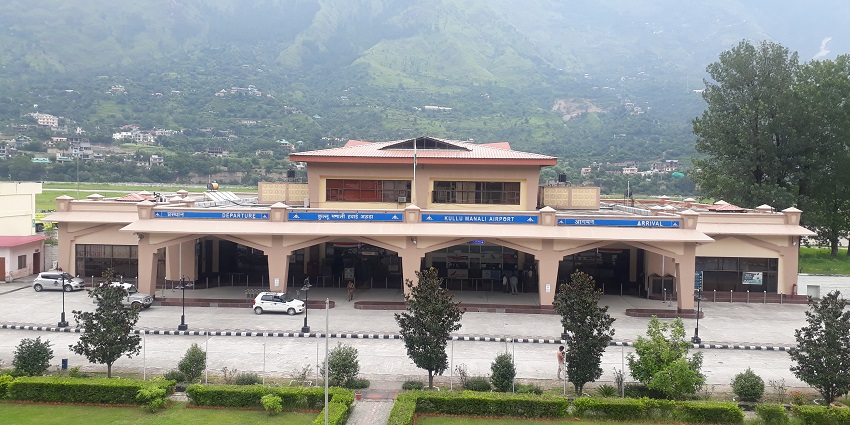
Photo: Pinakpani / Wikimedia Commons
By Road: The most common method is to drive from Manali, around 200 km away. The travel takes around 8 to 10 hours, depending on road conditions. Travellers can book a cab or take a bus to the next town, Kaza.
By Rail: Key Monastery is located around 450 km from Joginder Nagar, home to the nearest significant train station. From there, you may take a cab or a bus to Kaza.
By Air: The nearest airport is Bhuntar Airport, located around 400 km away. Take a cab to Manali from the airport and continue the road to Kaza and Gompa Monastery.
Places To Visit Around Key Monastery
1. Spiti River
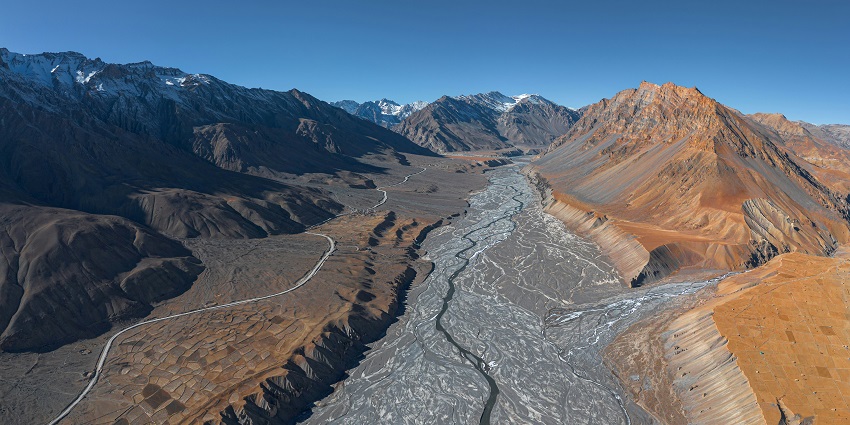
Photo: Mayur Arvind / Wikimedia Commons
The Spiti River runs through the picturesque Spiti Valley in Himachal Pradesh, India, providing a lifeline for the area’s rural settlements. The river originates in the Kunzum Range and flows through harsh terrain, providing stunning vistas of desolate mountains, lush green spots, and historic monasteries on slopes. The Spiti River is critical for irrigation and supports the valley’s distinctive environment. The river’s banks are perfect for trekking, photography, and exploring the Himalayas’ pristine scenery.
Timings: 24*7
Entry Fees: N/A
Suggested Read: Best Places To Visit In Spiti To Explore The Pristine Nature
2. Tabo Monastery
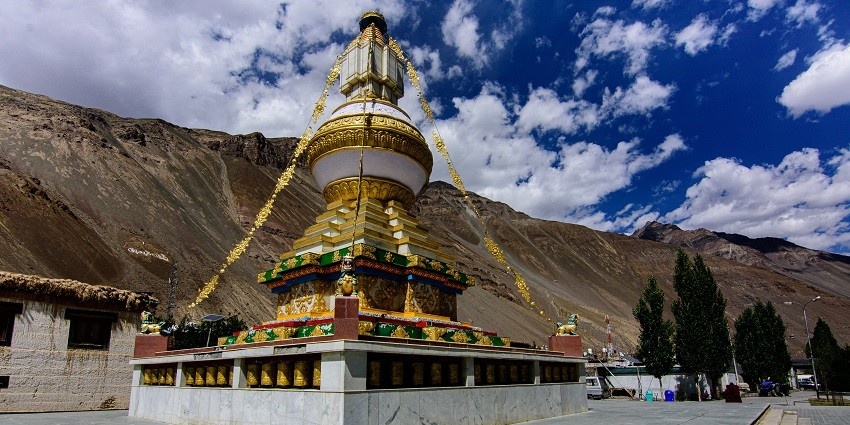
Photo: Schwiki / Wikimedia Commons
Tabo Monastery, often known as the “Ajanta of the Himalayas,” is one of India’s oldest and most respected Buddhist monasteries in the Spiti Valley in Himachal Pradesh. This historic monastery, founded in 996 AD, is known for its well-preserved paintings, murals, and stucco sculptures, which offer a look into Tibetan Buddhism’s rich cultural and spiritual legacy. The complex has nine temples, 23 chortens, and an extensive collection of texts and thangkas. Surrounded by steep mountains, Tabo Monastery is an important centre for Buddhist learning and meditation, attracting pilgrims and visitors worldwide.
Timings: 6 AM – 7 PM
Entry Fee: N/A
3. Dhankar Monastery

Photo: Mdipa / Wikimedia Commons
Dhankar Monastery, positioned abruptly on a cliff above the junction of the Spiti and Pin Rivers in Himachal Pradesh, India, is a breathtaking representation of Tibetan Buddhist tradition. Founded almost a thousand years ago, this mediaeval monastery functioned as the Spiti Valley’s capital in the 17th century. The monastery’s dangerous location at an elevation of 3,894 meters provides stunning panoramic views of the surrounding surroundings. Its interior is rich in Buddhist art and culture, with old paintings, texts, and sculptures.
Timings: 6 AM – 5 PM
Entry Fee: N/A
Suggested Read: Visit The Spiti Valley In May To Enjoy The Rugged And Unparalleled Beauty In Himachal
4. Chandratal Lake
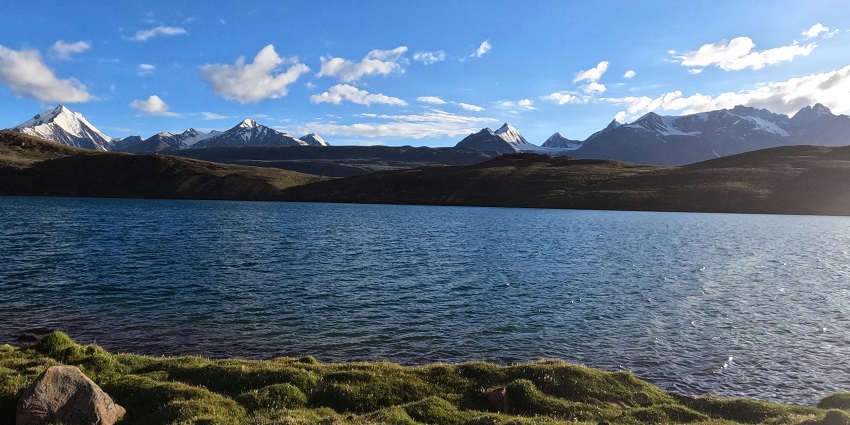
Chandratal Lake, popularly known as “Moon Lake,” is a breathtaking high-altitude lake in India’s Spiti Valley. The lake, located at a height of 4,300 meters, is known for its crystal-clear, turquoise waters that mirror the surrounding snow-capped hills. Chandratal Lake, shaped like a crescent, is a renowned trekking and wildlife destination known for its tranquil beauty and otherworldly ambience. The lake’s shifting colours during the day, from deep blue to emerald green, contribute to its attraction.
Timings: 24*7
Entry Fee: N/A
5. Chicham Bridge
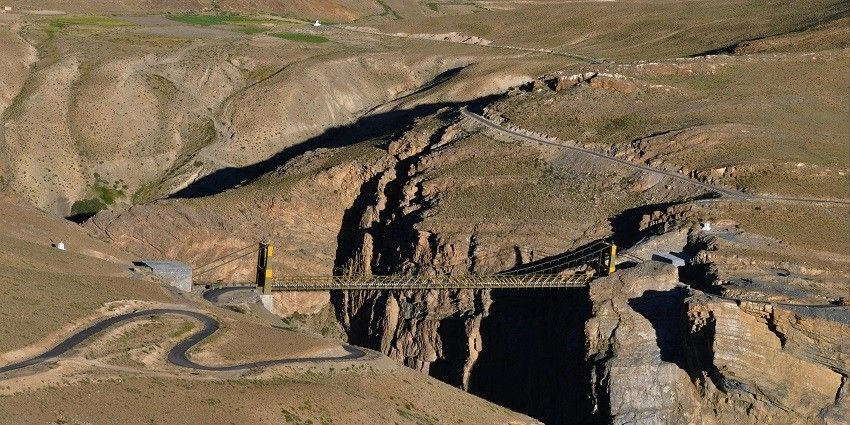
Photo: Nomad Bikers / Unsplash
Chicham Bridge, located in the Spiti Valley of Himachal Pradesh, India, is Asia’s highest suspension bridge, standing at 4,145 meters above sea level. The bridge connecting Chicham and Kibber’s settlements crosses a steep canyon and provides breathtaking views of the surrounding rocky scenery. Chicham Bridge, finished in 2017, considerably reduced travel time between these rural settlements by eliminating a risky and time-consuming path.
Timings: 24*7
Entry Fee: N/A
Suggested Read: Top Places To Visit In Himachal Pradesh For Your Next Vacation
Where To Stay
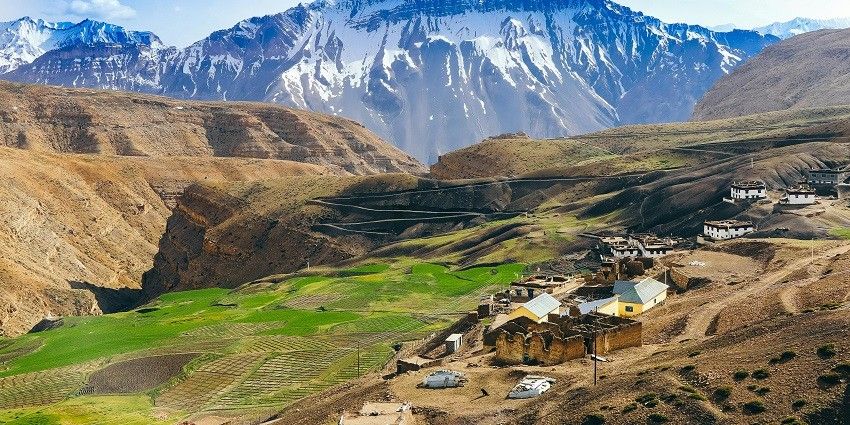
Photo: Sakshi Patwa / Pexels / Image For Representation Only
Travellers may choose from a variety of accommodation options near the monastery. Kaza, the nearest town, has several guesthouses, budget hotels, and homestays offering pleasant accommodations and basic facilities. Popular choices include Hotel Spiti Valley, Sakya Abode, and Snow Lion Hotel. For those looking for a more genuine experience, homestays in adjacent villages like Kibber and Langza provide cosy, traditional lodging with local families. During the summer, some visitors sleep beneath the stars in authorised places around the monastery, giving a unique and immersive experience in the tranquil Spiti Valley.
Where To Eat
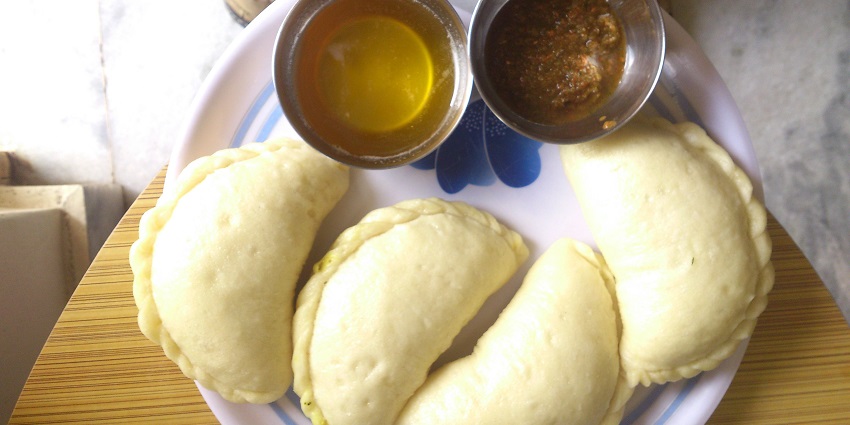
Photo: Nilesh agnihotri / Wikimedia Commons
Dining choices around the monastery are limited, although they include native Spitian and Tibetan food. Kaza, the major town, has various small restaurants and cafes, including Sol Café, Taste of Spiti, and The Himalayan Café, that serve various meals ranging from momos and thukpa to Indian and continental cuisine. Homestays and guesthouses in adjacent villages like Kibber and Langza frequently serve home-cooked meals that include traditional Spitian cuisine created using locally obtained ingredients. Local delicacies, such as barley bread and butter tea, highlight the region’s rich cultural past and provide a one-of-a-kind experience.
Suggested Read: Things To Do In Spiti Valley
Best Time To Visit In Key Monastery
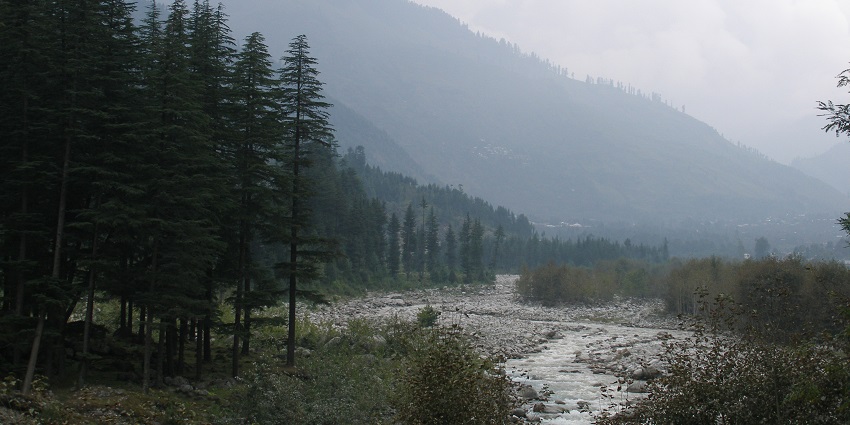
Photo: Vyacheslav Argenberg / Wikimedia Commons / Image For Representation Only
The best time to visit Key Monastery is between late May and early October when the weather is moderate and the roads are open. During these months, the Spiti Valley has nice temperatures ranging from 15°C to 20°C, making travel both comfortable and pleasurable. The winter months may be exceedingly severe from November to April, with significant snowfall resulting in road closures and difficult travel conditions. Visiting throughout the summer and early fall provides beautiful sky and breathtaking views of the surrounding surroundings.
Other Things To Consider
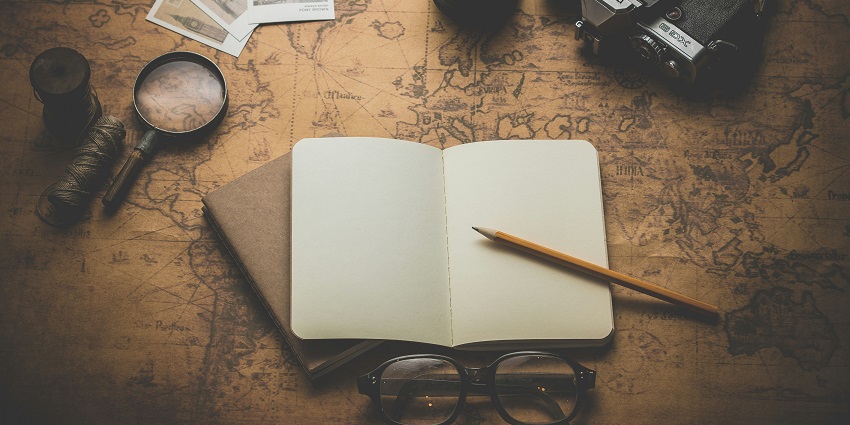
Photo: Dariusz Sankowski / Unsplash / Image For Representation Only
Average Cost Of The Trip
The cost of a journey to Key Monastery varies according to travel preferences. Budget travellers should anticipate spending ₹5,000 – ₹8,000 daily on transportation, lodging, and food. Taking a shared cab or local bus from Kaza to the monastery costs between ₹300 and ₹500. Budget guesthouses in Kaza or adjacent villages typically cost between ₹1,000 and ₹3,000 per night. Local eateries often charge between ₹200 – ₹500 per dinner. For a more luxurious experience, expenses may exceed ₹10,000 per day. Permits (if necessary) and personal costs are examples of additional expenses. Always budget for unforeseen expenses and eventualities.
Tips For The Travellers
- Arrive in Kaza a few days early to acclimatise to the high altitude and prevent altitude sickness.
- Roads may be difficult to navigate, especially during monsoons. Check current conditions before travelling and be prepared for unexpected weather changes.
- Even in the summer, temperatures can drop dramatically, particularly at night. Bring thick clothing. Also, bring sunscreen, sunglasses, and a first-aid kit.
- Ensure that you have the appropriate licenses for accessing high-altitude places, as needed by local authorities.
- Carry enough cash because ATMs may not be available in distant regions. Credit cards might not be commonly accepted.
- Dress modestly and show respect for local traditions and religious practices. Always obtain permission before clicking Key Monastery photographs.
Suggested Read: Harvest Festivals Of Himachal Pradesh That Offer A Glimpse Into The Culture
Key Monastery’s rich history, gorgeous architecture, and tranquil setting provide a transformative experience for spiritual seekers and adventurers. Its distinct location and cultural significance make it a must-see attraction in the Spiti Valley. Add this magnificent monastery and experience the splendour of the Himalayas to your itinerary. Plan a trip with TripXL to ensure a smooth travel experience and an amazing excursion.
Cover Photo: Ksuryawanshi / Wikimedia Commons


 WhatsApp
WhatsApp
 Twitter
Twitter









